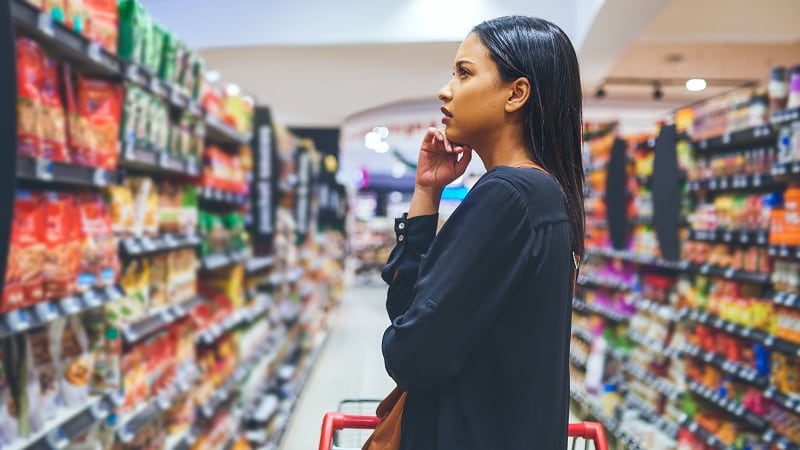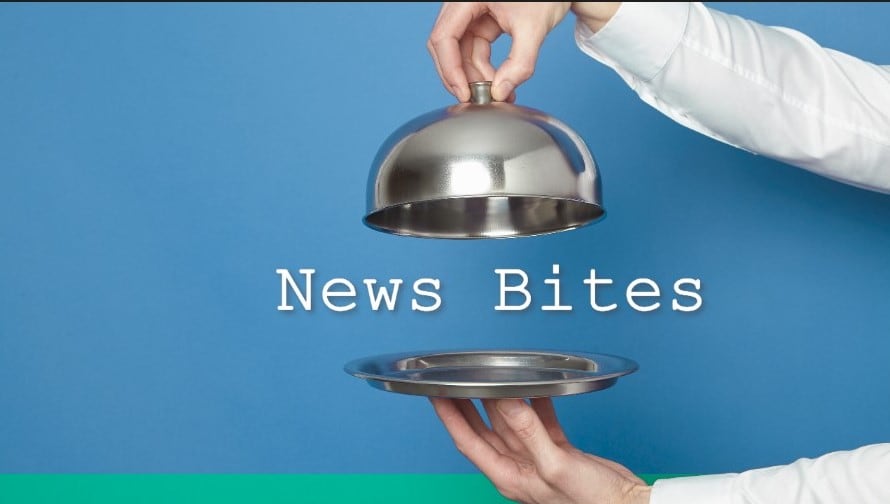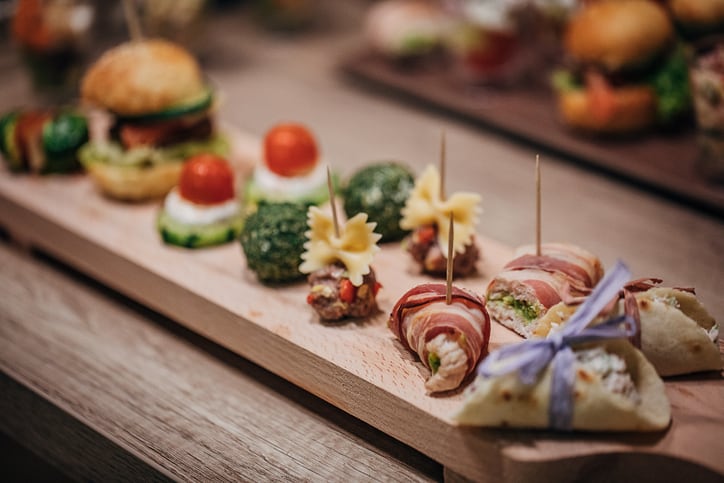Consumers are bracing for what the Trump administration’s fresh tariffs may mean for their grocery bills - and favorite snacks - as recent premium and private label snack trends are expected to grow as consumers balance demands for indulgence and value, according to Circana data.
Global consumers responded to the Trump administration levying 10-50% on different countries as part of an escalating trade war, upending supply chains.
The Chair of the Federal Reserve of the United States Jerome Powell signaled that the Trump administration’s tariffs would mean “at least a temporary rise in inflation,” as the impact of the tariffs “could be more persistent,” the AP reported. Trump’s tariffs are expected to increase taxes by $2,100 per household in 2025 and kickstart inflation, according to the non-profit Tax Foundation.
This comes as snack inflation cooled in 2024, dropping to its lowest level in three years, according to data from market research firm Circana.
Snack prices increased 1.3% in 2024, compared to 1.7% for total food and beverage, Circana reported. 2024 snack price increases were higher than 2023 and 2022, increasing by 7.6% and 12.4%, respectively, outpacing total food and beverage, Circana stated.
Premium and private label snacks grow
Before President Donald Trump took office and instigated new tariffs, consumers pulled back on discretionary spending amid inflation concerns, leading to growth in premium snacks, Sally Lyons Wyatt, global EVP and chief advisor of consumer goods and foodservice insights at Circana explained during a webinar.
Consumers increasingly expect food prices to rise in the next year, according to Purdue University’s February Consumer Food Insights. Shoppers surveyed in January expect inflation to come in at 3.3% over the next 12 months, 0.7 percentage-points higher than when they were asked in the month prior, the report stated.
“Consumers are making some decisions on discretionary products. And they are not buying as many video games, they are not buying as much prestige beauty, they are not buying clothing. We are going without those things, but I might pay a dollar or two more or maybe three for a premium snack experience,” she elaborated.
However, consumers are still finding room in their budgets to indulge in their favorite snacks, as they prioritize premium or price-conscious options, Wyatt explained.
Super premium snacks increased volume sales by 0.2 percentage points, while mainstream brands dropped 1.1 percentage points for the year ending Jan. 26, according to Circana point-of-sales data. Additionally, private label grew by 0.7 percentage points during the same time, as consumers sought out lower price, Wyatt explained.
Private-label snacks are outpacing name brands in unit growth. Private-label chocolate candy and non-chocolate grew units by 17.1% and 11.4%, compared to the national brands versions that declined by 4.2% and 0.8%, respectively, for the year ending Dec. 29. Additionally private label chips grew units by 6.1%, while brands only increased 0.9% for the same period.
Most consumers (79.3%) agreed that snacks are a good value for their money regardless of value positioning, and 62% said snacks have a low price point, according to a Circana survey for the year ending Dec. 29.
Stay up-to-date on Trump tariff news with FoodNavigator
FoodNavigator is staying on top of the Trump tariff news across its sister sites. Revisit recent coverage with the following links:
‘The barbell effect’ in retail channels
This bifurcation is playing out across retail channels, as consumers prioritize purchasing bulk snacks and shying away from unnecessary trips to stores, including convenience store trips, Circana shared.
Club and dollar channels increased their unit shares of snack sales, growing 6.6% and 3.9%, respectively, for the year ending Dec. 29. However, drug and convenience stores dipped, declining by 9.7% and 5.1%, respectively, for the same period.
Consumers “are primarily shopping through value channels, but there is a barbell effect. The barbell effect is you can see that club is growing, and that is through the multi-packs and the bulk packaging to really combat inflation,” Wyatt said.
“Some consumers cannot afford to buy a multi-pack or that bulk pack. So, dollar growth has really been there for consumers who need that entry price point,” she added.





